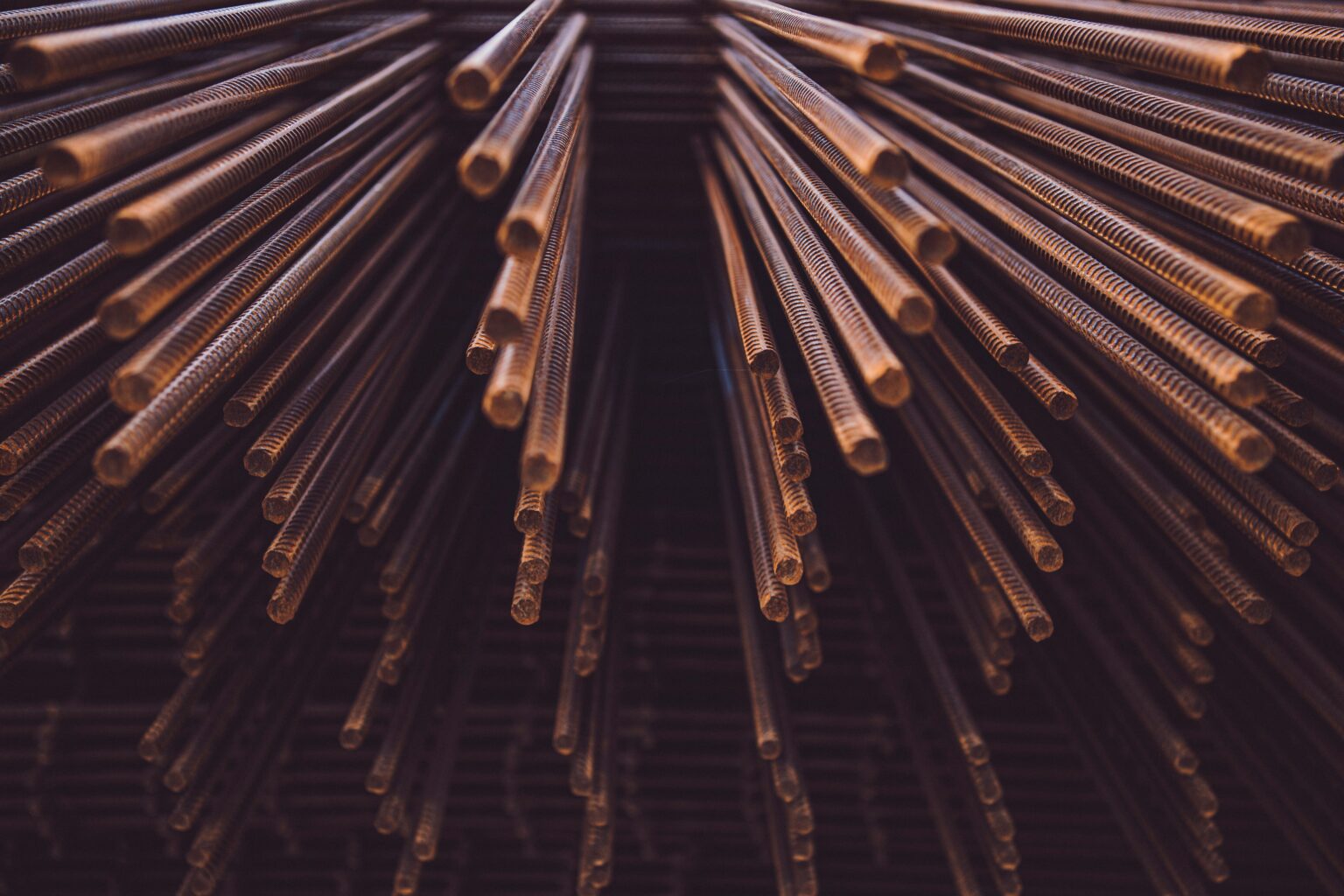Tranter recently secured an order for a Direct Reduced Iron (DRI) plant in Germany.
The green steel plant aims to diminish its carbon footprint by harnessing green hydrogen energy and implementing carbon capture technology. The process aims to contribute significantly to achieving net-zero carbon emissions by 2030.
In this project, Tranter’s plate and frame heat exchangers play a pivotal role. The exchangers capture and separate carbon dioxide produced in the energy-intensive steel production process. The order includes four large plate and frame heat exchangers, crafted from stainless steel and featuring durable EPDM gaskets. These exchangers will be leveraged for heat recovery in CO2 removal from a gas stream, utilizing regenerative solvents in a continuous process.
Reducing Carbon Footprint
This DRI plant could potentially contribute to a significant reduction in carbon emissions compared to traditional steel plants. By employing green hydrogen as an energy source, along with carbon capture technology, the plant aligns with the path towards 2030 net-zero goals.
Tranter’s heat exchangers will perform as lean/rich solvent interchanges. The lean solvent heat exchanger is an integral part of the amine preparation before and after CO2 absorption. Efficient heat transfer is paramount for effective carbon dioxide absorption and amine regeneration. Utilizing ThermoFit plates (GT-series) with the Omniflex plate pattern is an efficient match for post-combustion carbon capture. These plates, designed for heat recovery duties, can handle high NTUs without sacrificing much pressure drop, critical in the absorption process.
An Italian EPC contractor in the metal and mining industry placed the order for the heat exchangers, which will be manufactured in Tranter’s factory in Vänersborg, Sweden.[
